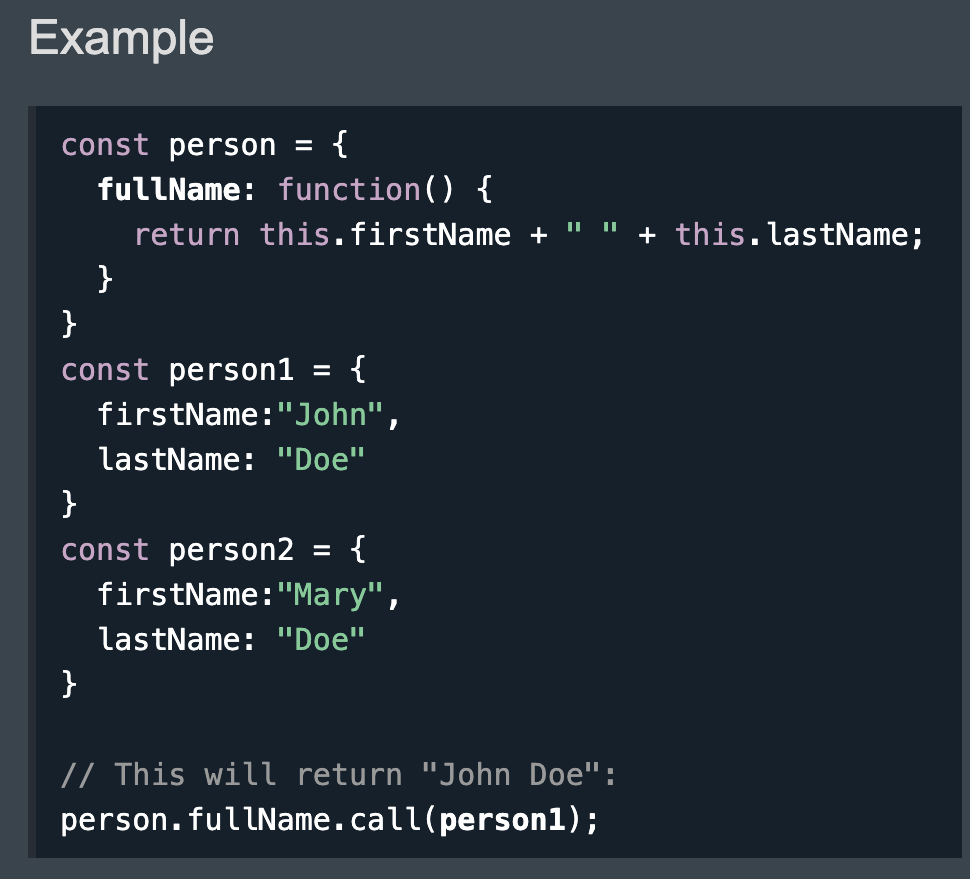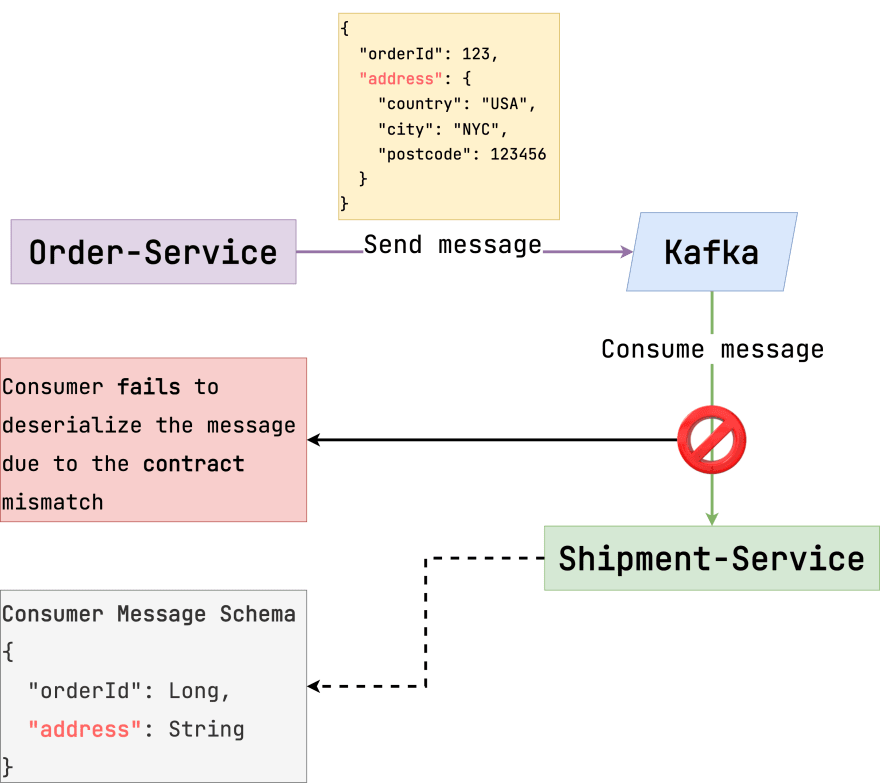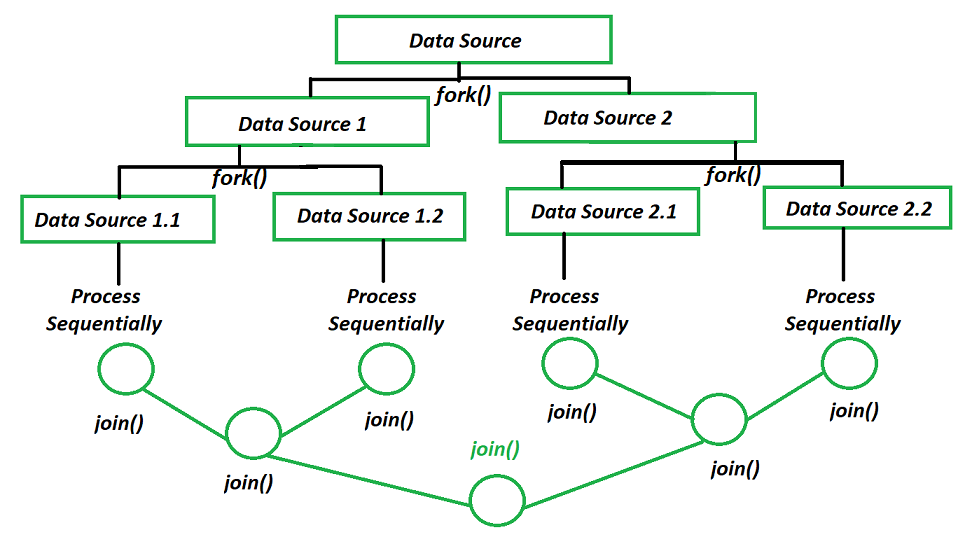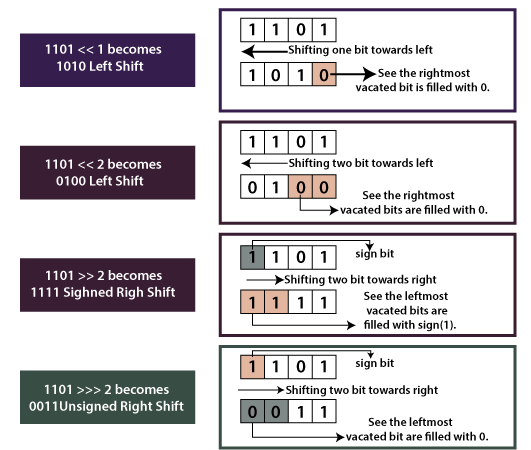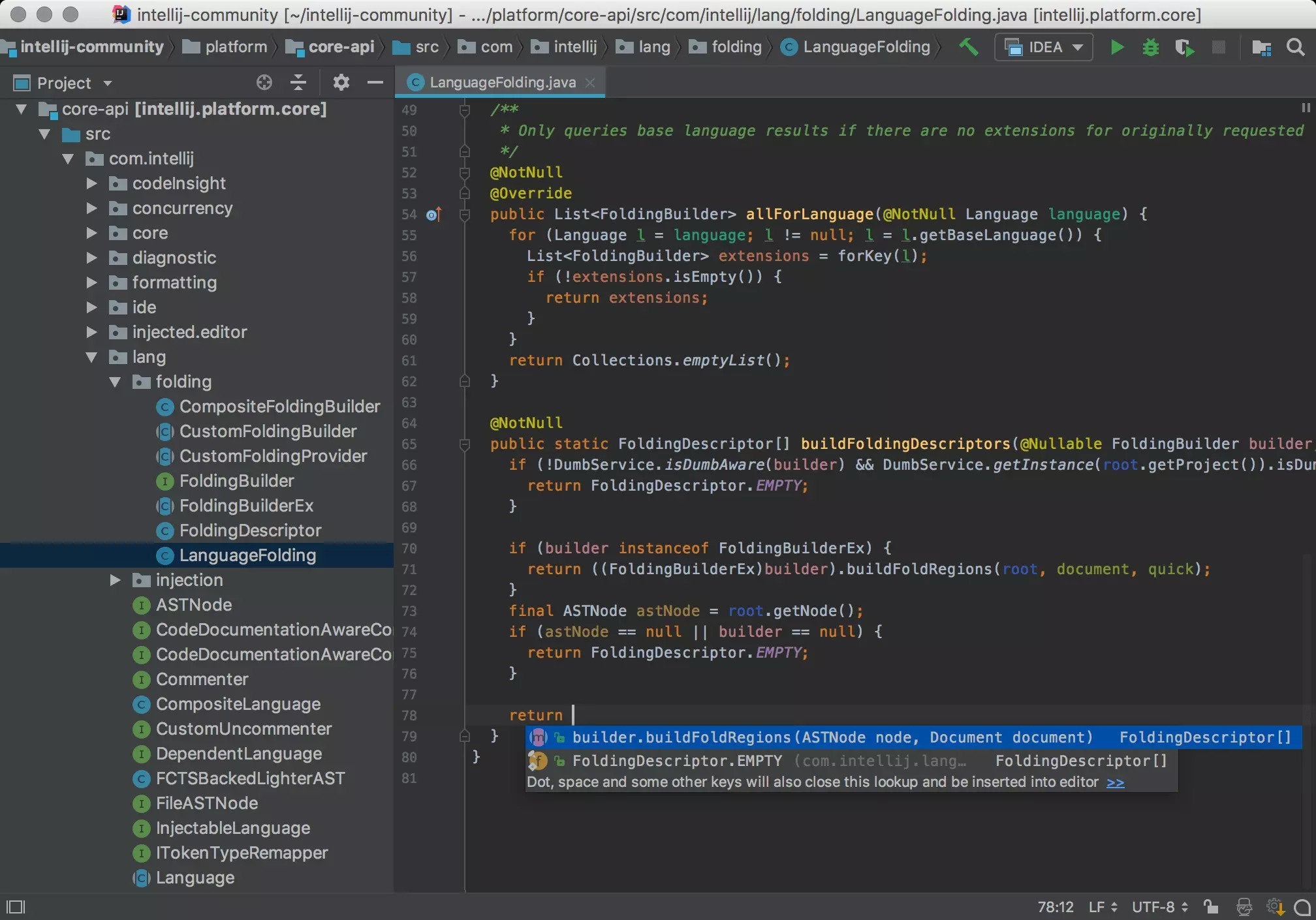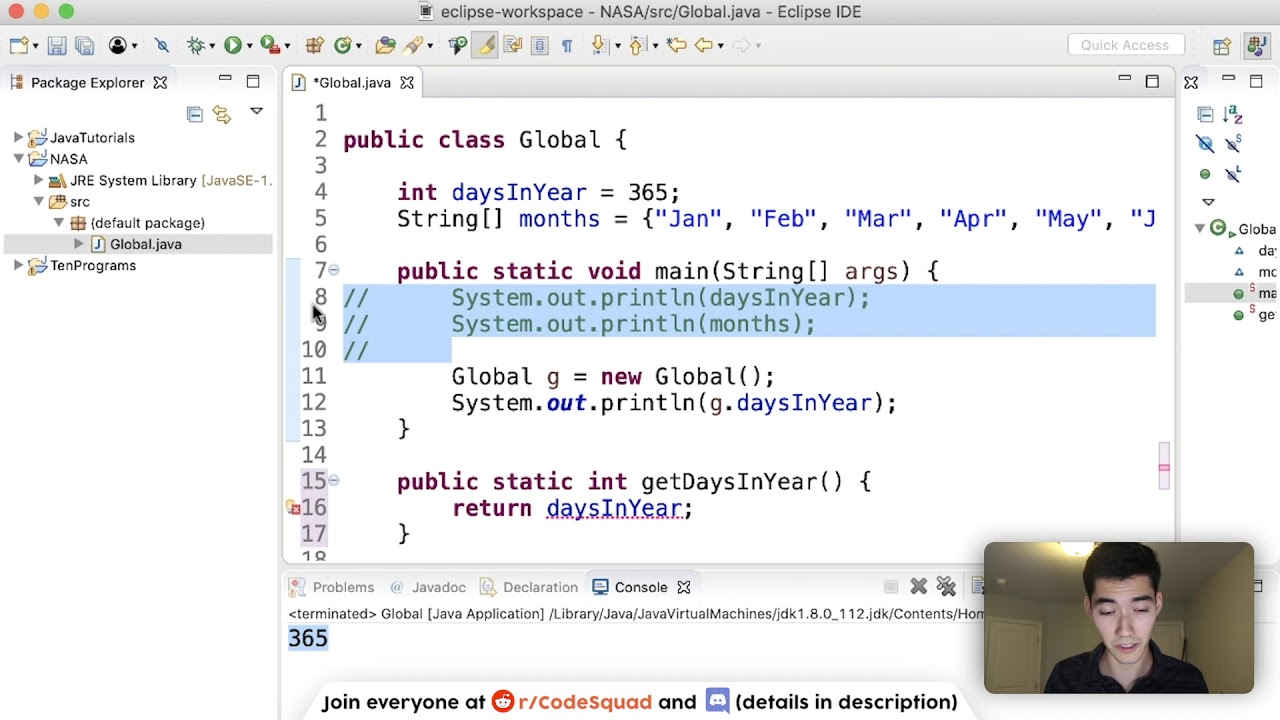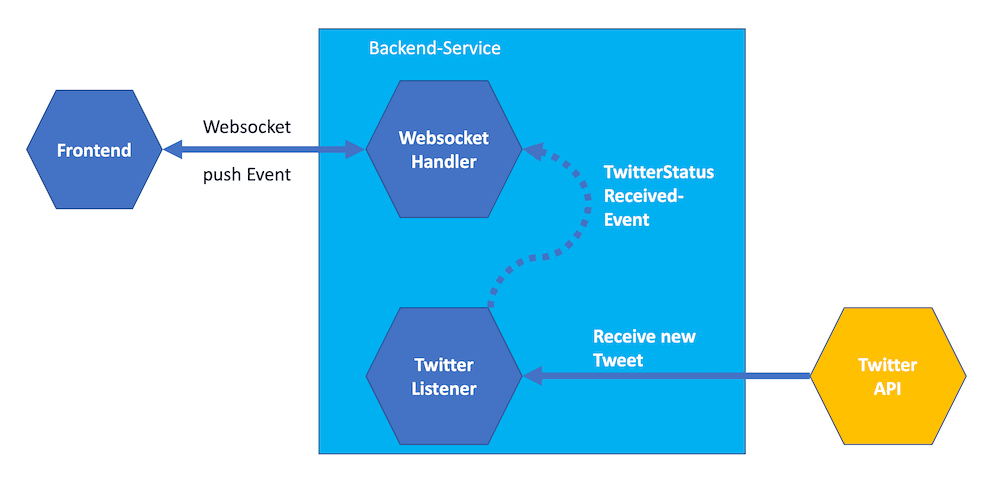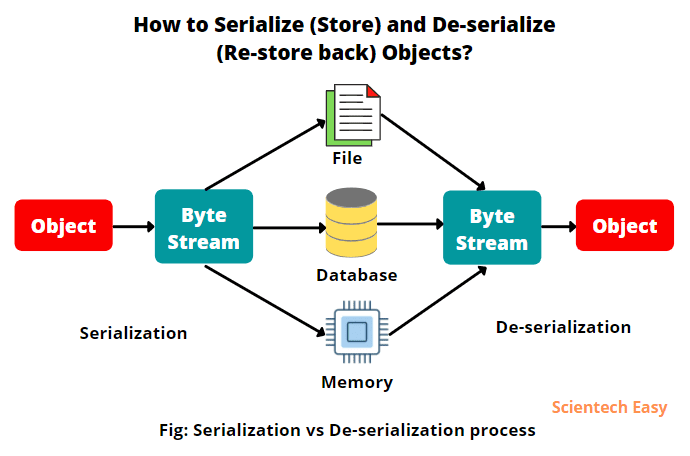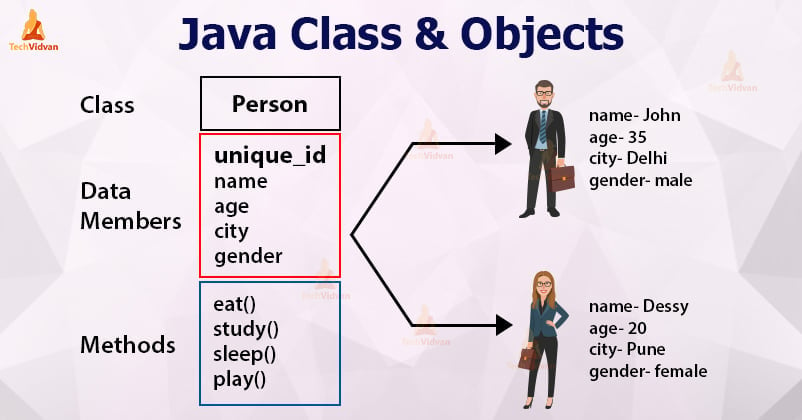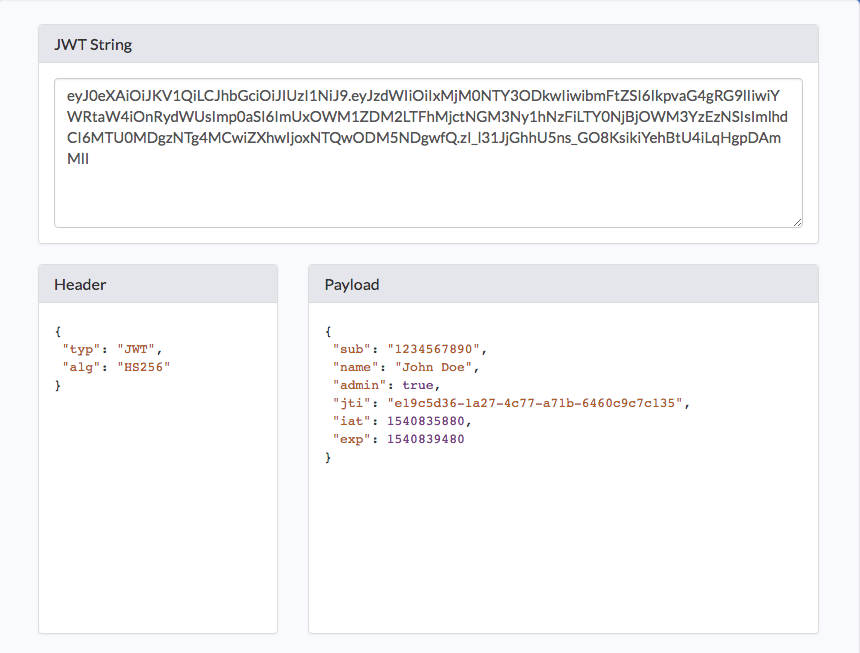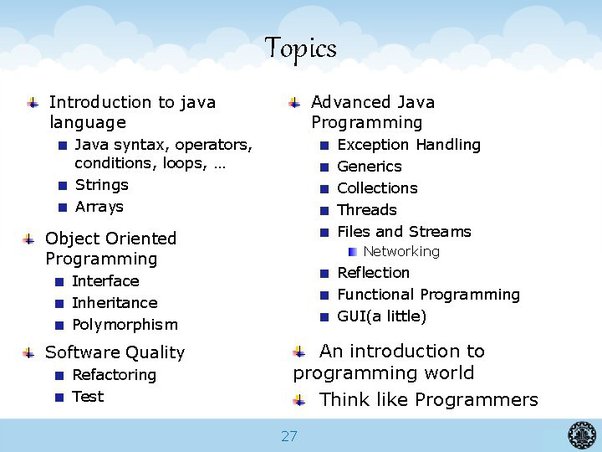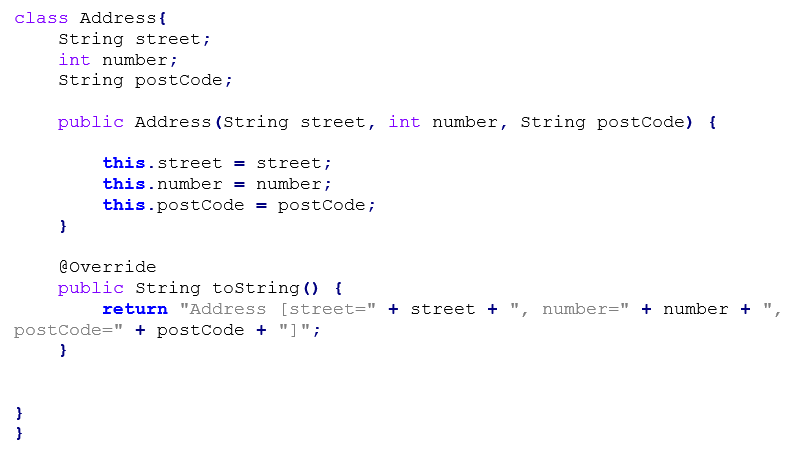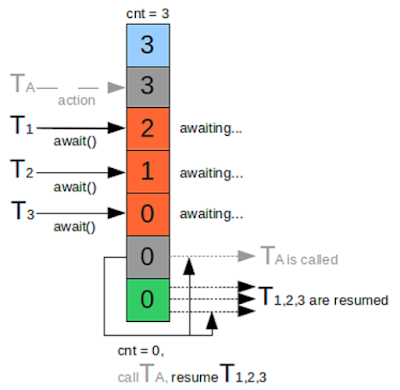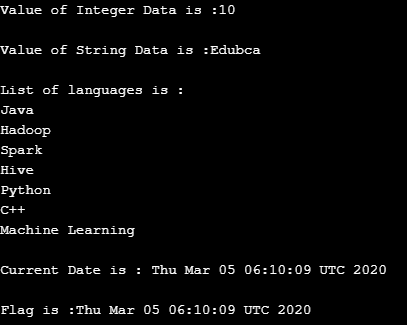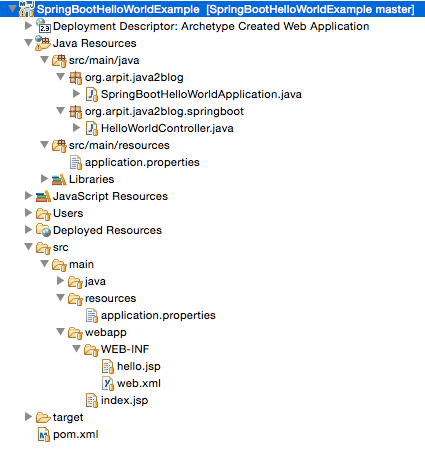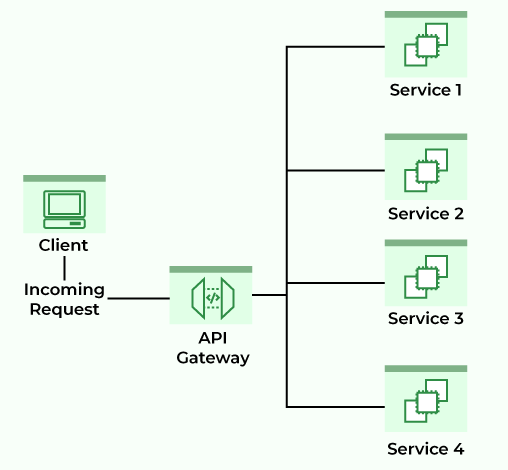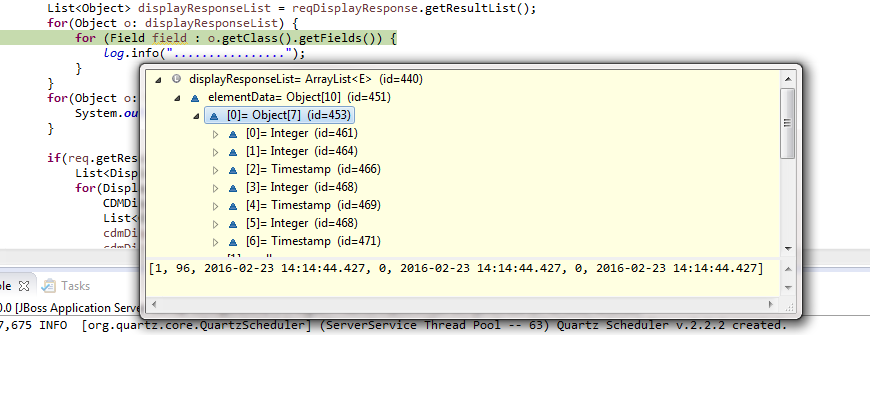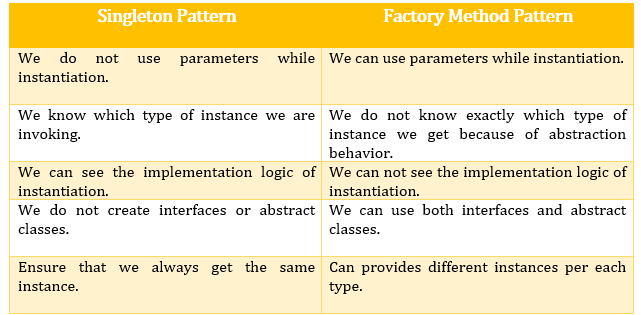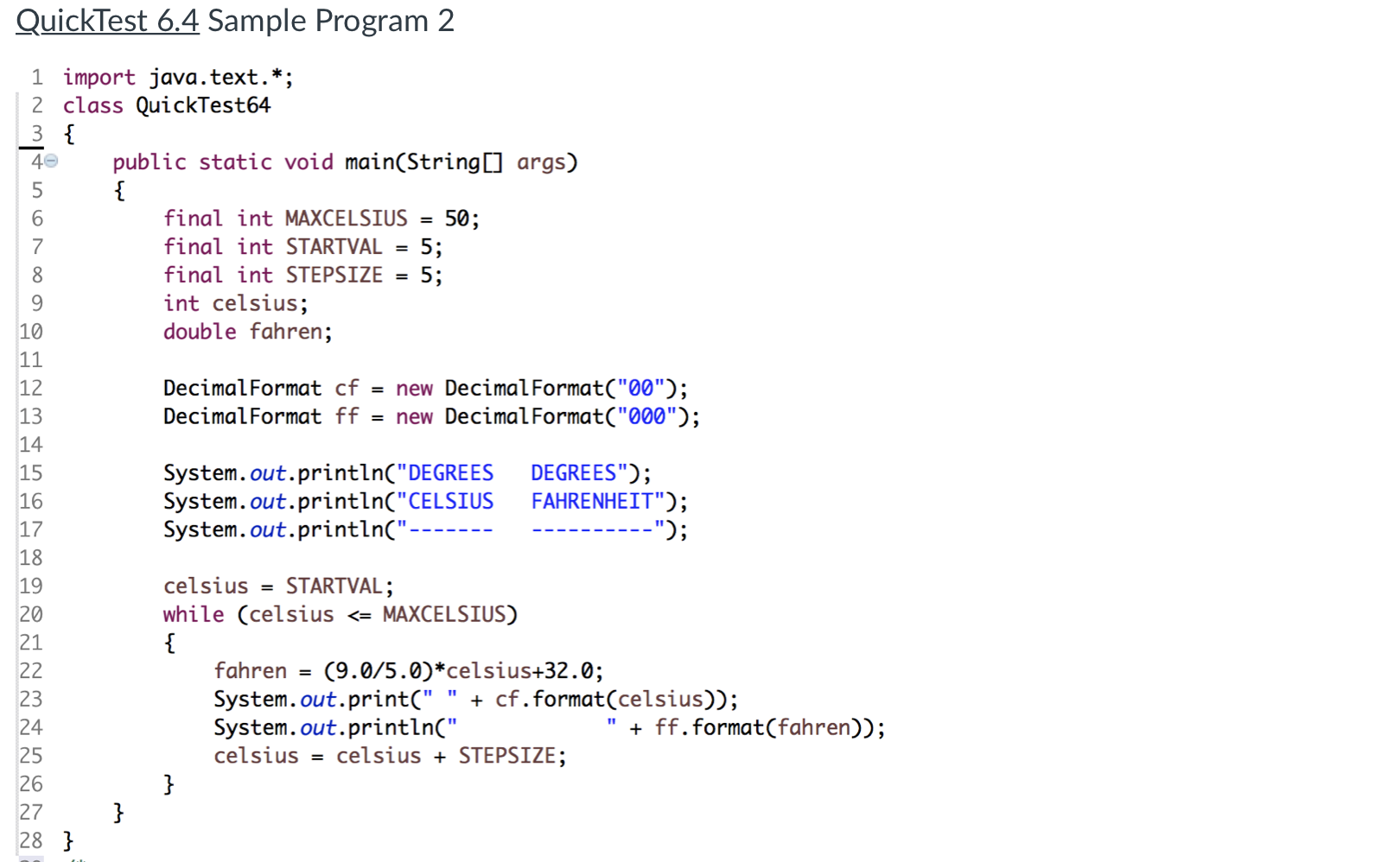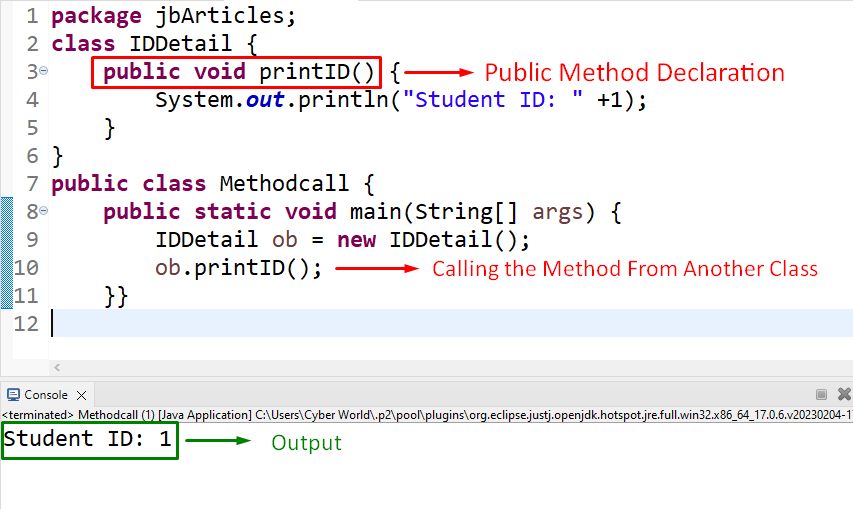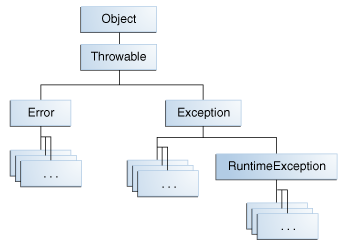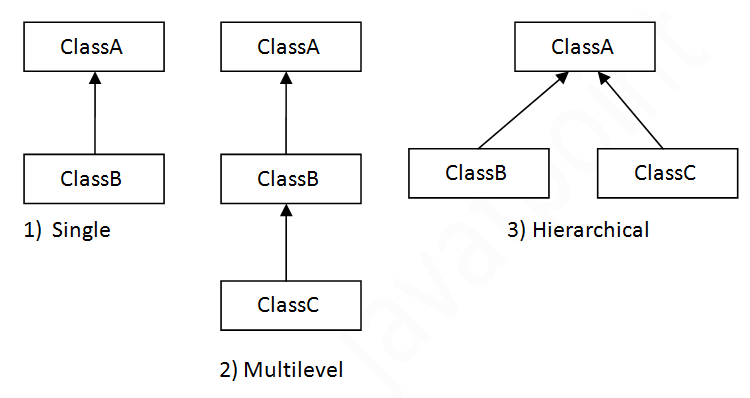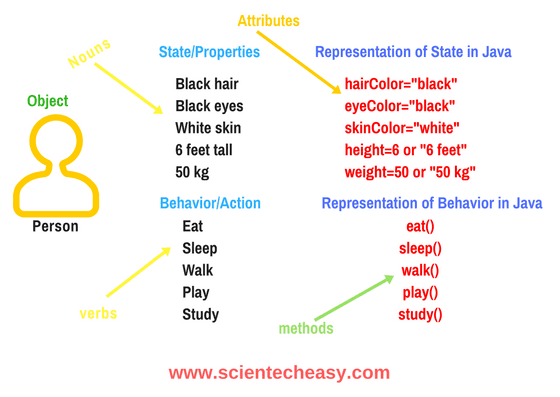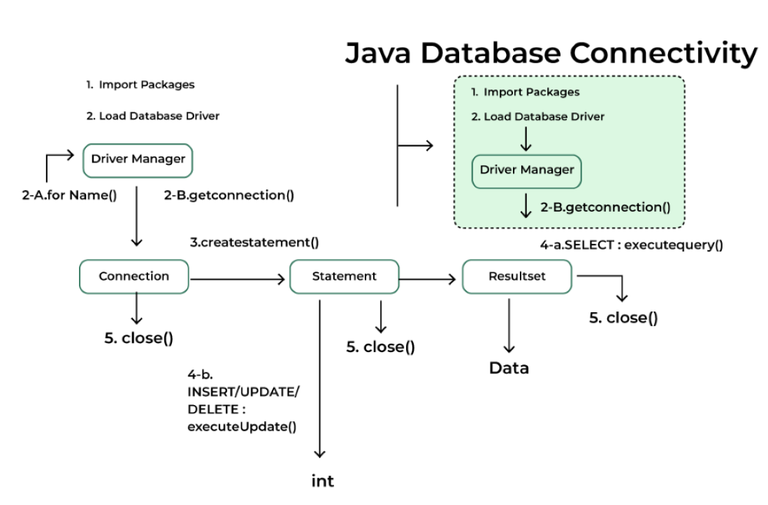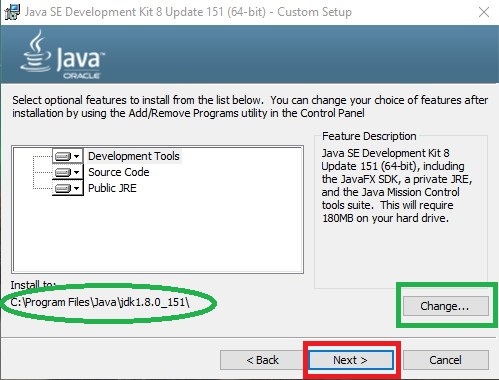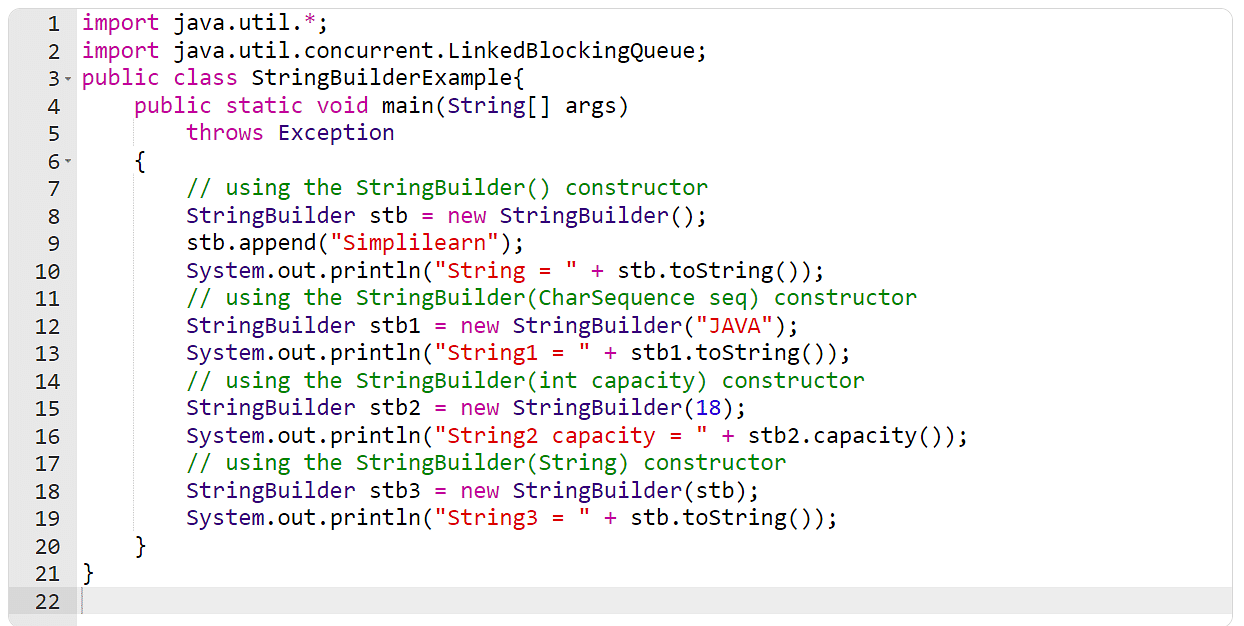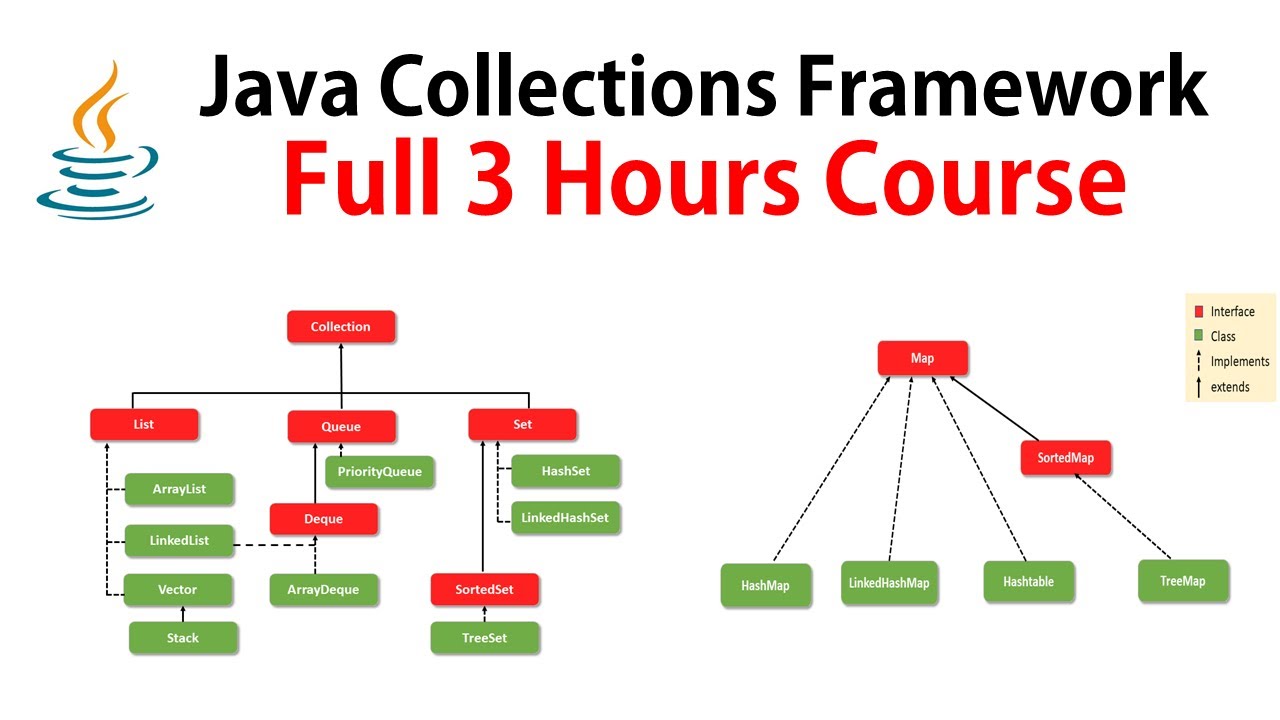Java serialization example
Java serialization example
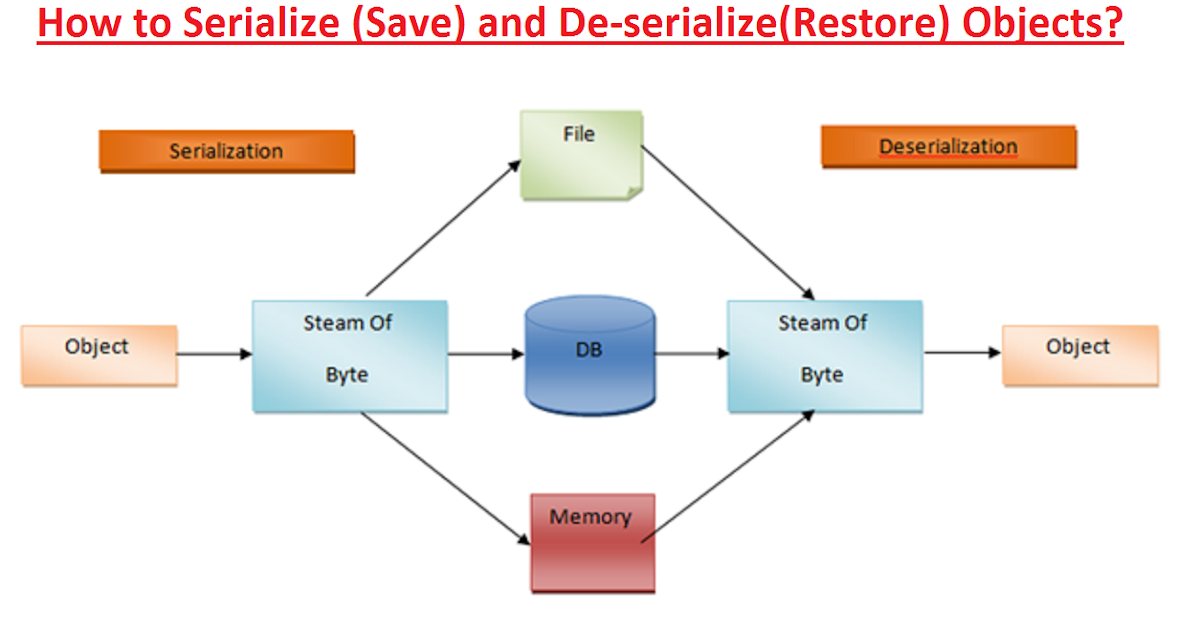
Here's a Java serialization example:
Serialization is the process of converting an object into a byte stream that can be written to a file, network connection, or any other data storage system. This allows objects to be converted into a format that can be easily transmitted and reconstructed on another computer or device.
In this example, we will create a simple Java class called "Person" with two attributes: name and age. We will then serialize an instance of this class using the java.io.Serializable interface.
Here is the code:
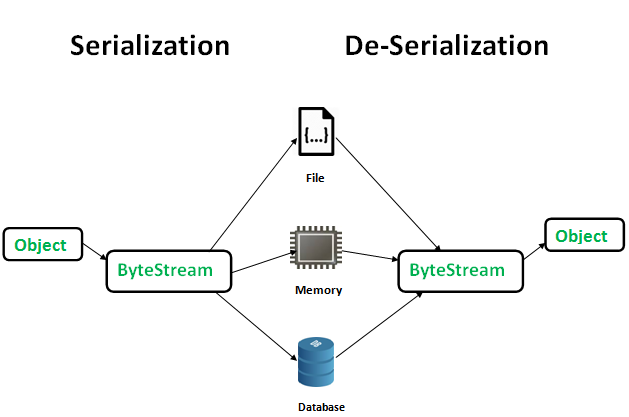
import java.io.*;
// Define a Person class that implements Serializable
public class Person implements Serializable {
private String name;
private int age;
public Person(String name, int age) {
this.name = name;
this.age = age;
}
// Getters and setters for the attributes
public String getName() {
return name;
}
public void setName(String name) {
this.name = name;
}
public int getAge() {
return age;
}
public void setAge(int age) {
this.age = age;
}
}
// Create an instance of the Person class
Person person = new Person("John Doe", 30);
// Serialize the object to a file
try (FileOutputStream fos = new FileOutputStream("person.ser")) {
ObjectOutputStream oos = new ObjectOutputStream(fos);
oos.writeObject(person);
} catch (IOException e) {
System.out.println("Error serializing: " + e.getMessage());
}
// Deserialize the object from the file
try (FileInputStream fis = new FileInputStream("person.ser")) {
ObjectInputStream ois = new ObjectInputStream(fis);
Person deserializedPerson = (Person) ois.readObject();
System.out.println("Deserialized person: " + deserializedPerson.getName() + ", Age: " + deserializedPerson.getAge());
} catch (IOException e) {
System.out.println("Error deserializing: " + e.getMessage());
}
In this example, we first define a Person class that implements the Serializable interface. This means that the Person object can be converted into a byte stream and written to a file or other data storage system.
We then create an instance of the Person class with a name "John Doe" and age 30.
Next, we serialize the Person object to a file called "person.ser". We use the ObjectOutputStream class to write the object to the file. This is done by calling the writeObject() method and passing in the Person object as an argument.
Finally, we deserialize the Person object from the file using the ObjectInputStream class. We read the object back into memory by calling the readObject() method and casting it to a Person object.
Note that when we deserialize the object, we need to cast the result to a Person object using the (Person) syntax. This is because the readObject() method returns an Object, which needs to be cast to the correct type (in this case, Person) in order to access its attributes.
In conclusion, serialization allows objects to be converted into a byte stream that can be easily transmitted and reconstructed on another computer or device. In this example, we have seen how to serialize and deserialize a simple Java class called "Person" using the Serializable interface and ObjectOutputStream/ObjectInputStream classes.
why serialization is required in java
Serialization in Java is the process of converting an object into a byte stream that can be written to a file or sent over a network connection for later retrieval and conversion back into an object. Serialization is required in Java because it provides several benefits, including:
Persistence: Serialization allows objects to be persisted across different levels of a program, such as from one session to another, or from one machine to another. This means that if the program needs to restart or continue running on another machine, the serialized object can be loaded and used without losing its state. Network Communication: Serialization enables efficient communication between objects over a network. When an object is sent over a network, it must be converted into a byte stream that can be transmitted. Deserialization reconstructs the original object from this stream at the receiving end. This makes it possible to send complex objects across the network in a reliable and efficient manner. Caching: Serialization enables caching of frequently accessed objects. If an object is serialized and stored in a cache, it can be quickly retrieved and deserialized if needed again. This reduces the need for expensive database queries or computations that recreate the object. Data Transfer: Serialization facilitates data transfer between different systems, applications, or even languages. By converting objects into a byte stream, they can be transferred to another system and then reconstructed using the same serialization mechanism. Security: Serialization provides an additional layer of security by allowing sensitive information to be encrypted and stored securely. This ensures that even if an unauthorized user gains access to the serialized data, it will not be possible to deserialize it into a usable form without the correct decryption keys or mechanisms.Java provides several built-in serialization mechanisms, including:
Serializable: This is the most common way to serialize objects in Java. A class must implement theSerializable interface to indicate that it can be serialized. Externalizable: This interface provides more control over the serialization process than Serializable. It allows developers to customize the serialization and deserialization processes by providing methods for converting objects to and from streams. Transients: These are fields or properties of an object that should not be serialized. By declaring a field as transient, it will not be included in the serialized representation of the object.
In summary, serialization is required in Java because it provides persistence, network communication, caching, data transfer, and security benefits for objects. It enables efficient transmission and storage of complex objects and provides an additional layer of security by allowing sensitive information to be encrypted and stored securely.
